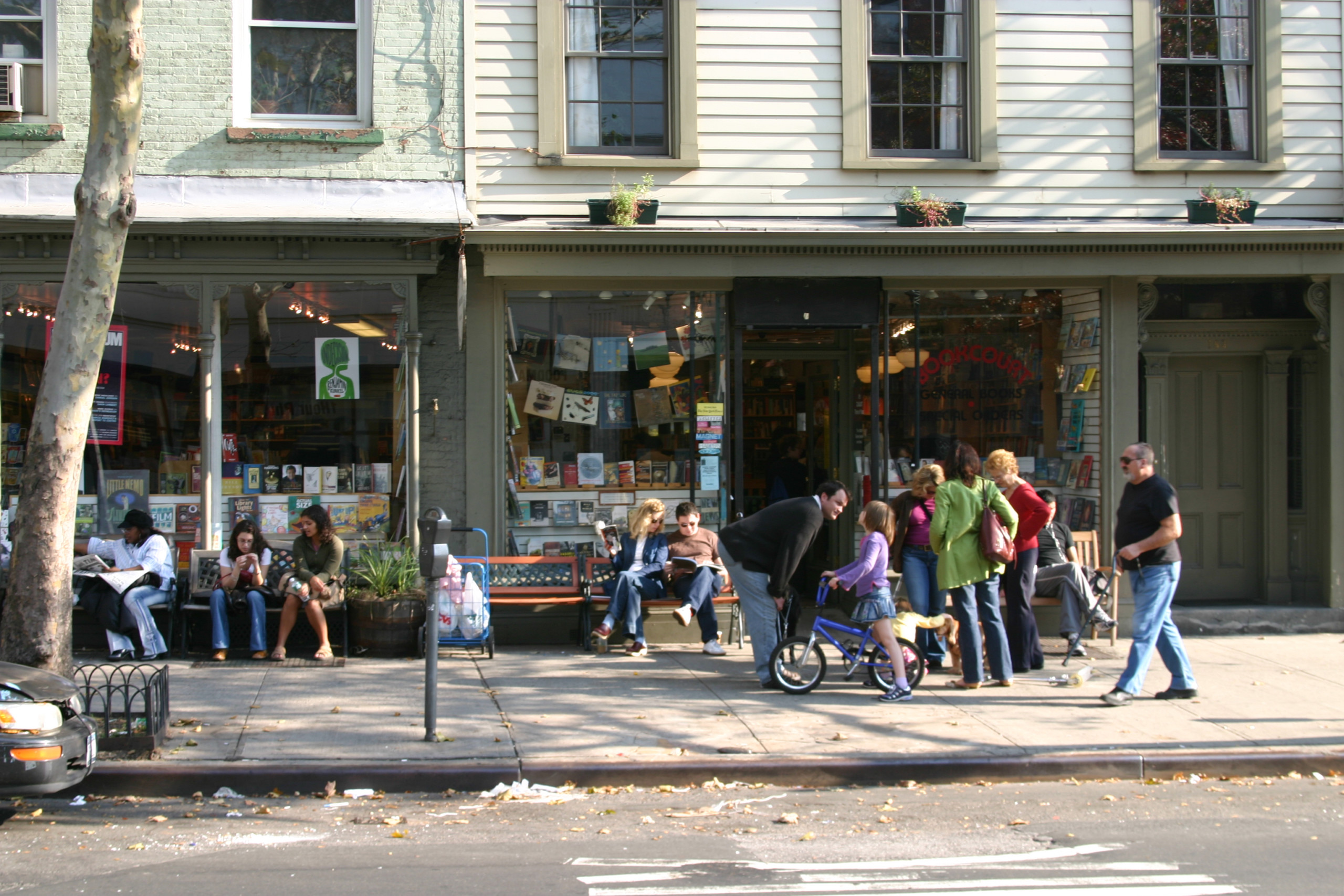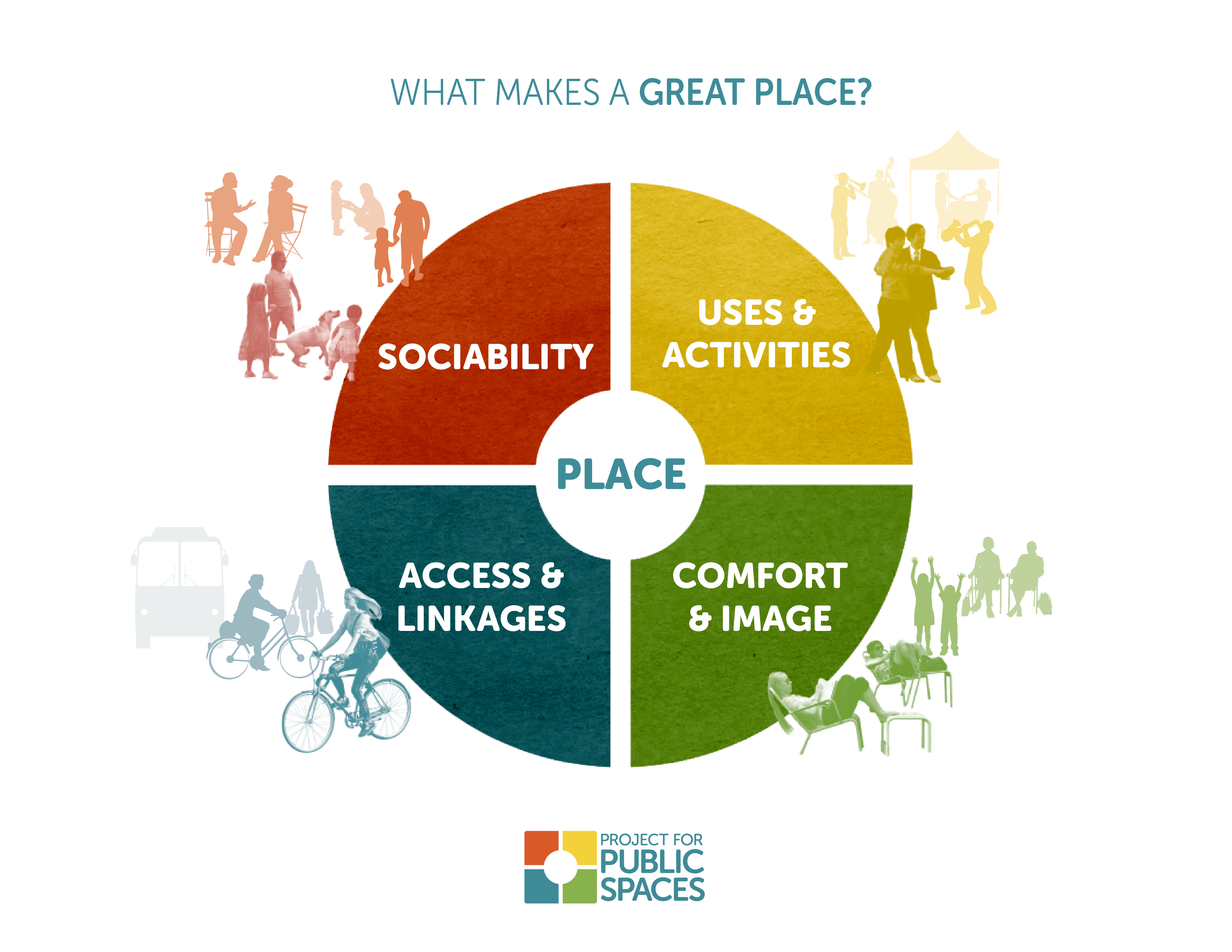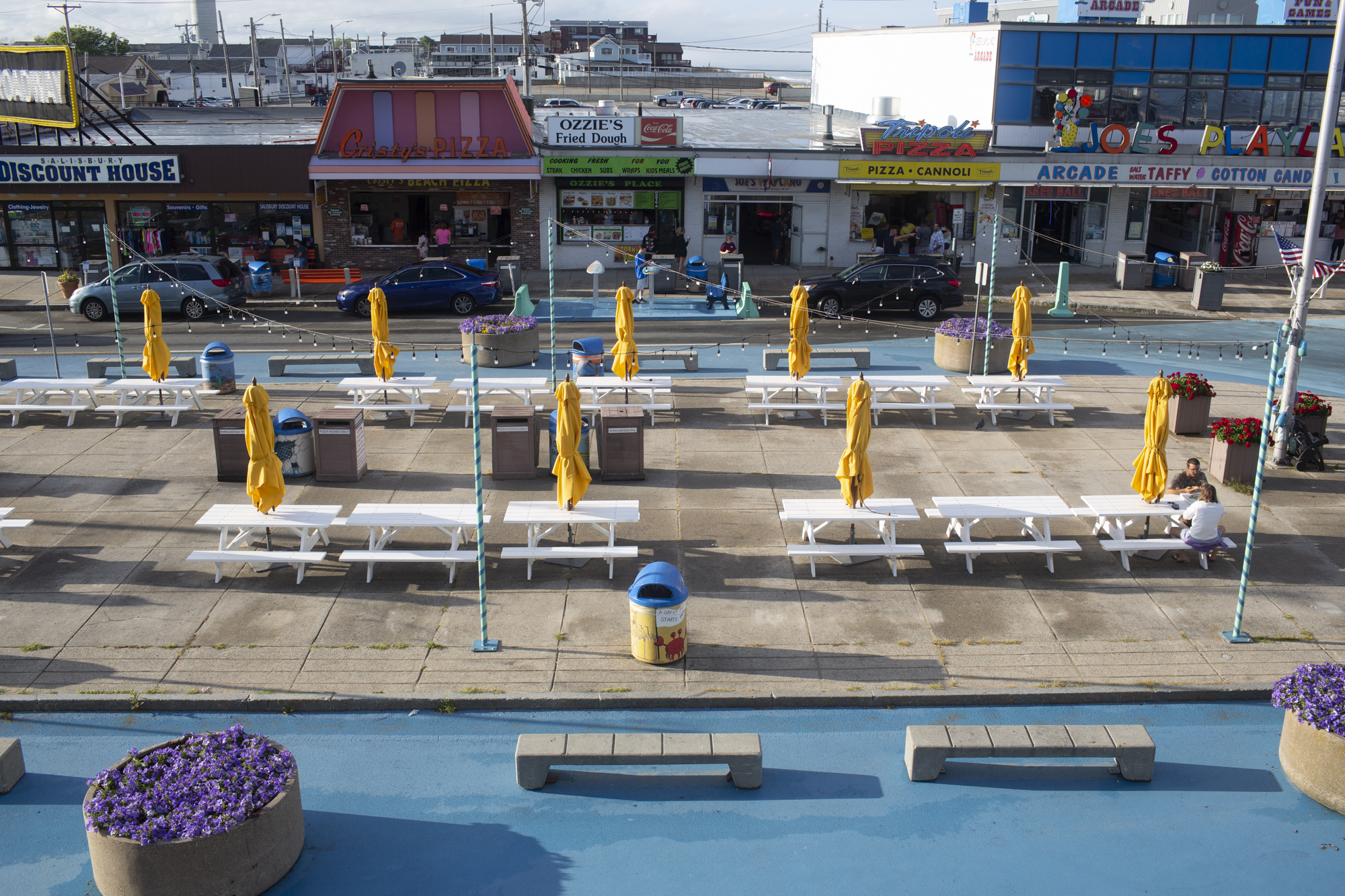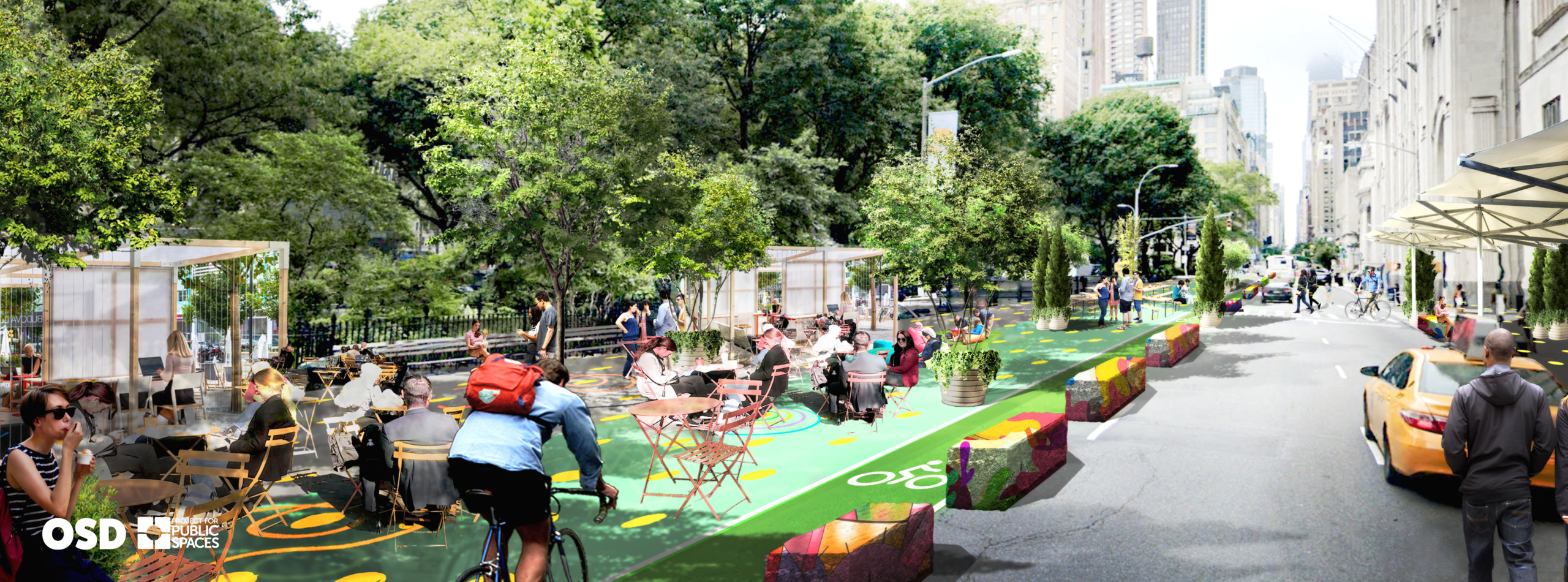Education / Pedestrians / Public Spaces / Shared space / Urban Mobility Design
How to Make Streets into Great Public Spaces
The following is a Guest Post from our colleagues at Project for Public Spaces. In October, we will be collaborating on a virtual training program titled ‘Reimagining Streets as Places’. You can register for the event HERE.
This October, Project for Public Spaces is excited to partner with Mobycon on our upcoming Reimagining Streets as Places training. Over the course of three weeks, this training will offer participants a unique combination of mobility and placemaking knowledge, from the big-picture design of mobility systems to the countless human-scale details that make a street into destinations.
In this article, the Project for Public Spaces team wanted to give you a glimpse of some of the key placemaking insights that we will explore further during this training.
What are streets for?
Our approach to streets begins with the simple recognition that streets are multifunctional public spaces. In fact, streets account for more than 80% of all public space in many cities. For that reason, we should expect them to do more than just get people from point A to point B.
In practice, this means finding opportunities to rebalance how we allocate road space and how we design the streetscape from only accommodating driving, transit, and even walking and biking to accommodating other non-mobile uses as well. This is particularly true for “destination streets,” which are the locations in an overall street network that mark places people want to go to, not just through. For example, as a hub for the community, a Main Street must support retail, services, vending, events, and casual social interactions, among many other uses. Because of this rich mix of uses and activities, destination streets are also key locations where we make memories—the building blocks of a community’s sense of place.

In addition to mobility, great destination streets offer a safe and comfortable streetscape, social interaction, and many things to do.
Successfully rebalancing a street to become a well-used, well-loved public space starts with a robust placemaking process. This process seeks to actively engage a wide range of stakeholders in envisioning the future of the street and bringing that vision to life through experimentation, observation, and ongoing stewardship. The experience of participating in a positive placemaking experience itself contributes significantly to people’s feelings of pride and attachment toward a public space.
What makes a great street?
While design is an important tool for creating safe, welcoming, and lively streets, designers often undervalue the other tools at our disposal for achieving this outcome. At Project for Public Spaces, we often recommend taking a step back to examine the four key characteristics of successful public spaces identified with over 40 years of studying public spaces.

For any public space, we encourage professional placemakers to carefully identify their priority users and work together to analyze:
- Uses & Activities: Are there things to do in the space that give people a reason to come there and stay?
- Comfort & Image: Do people feel comfortable and safe in the space, both physically and emotionally?
- Access & Linkages: Can people access the space, physically and visually, when considering a variety of abilities and transportation modes?
- Sociability: Do people interact with others in the space, in both planned and unplanned ways?
These four characteristics speak to every person’s experience of a public space, and can be influenced by maintenance, by policing and security, by planned and unplanned events, by history and symbolism, and by other visitors’ behavior, as much as by design. Because it acknowledges the importance of this broader range of factors, and how subjective they can be, a placemaking approach invites an equally broad range of stakeholders to participate in the creation of the street experience.
When facilitating a placemaking workshop or pop-up engagement activity, Project for Public Spaces often uses these factors as a way to give stakeholders confidence in their own expertise as users and producers of public space. While we are not all trained designers, we all do know about what makes us comfortable and uncomfortable, or about how we arrived in a space and the barriers we faced getting there. By stepping back from the language of design and engineering, this placemaking tool helps create a common language between experts in design or engineering and experts in community context or personal experience.

In Salisbury, MA, Project for Public Spaces worked with local partners to reimagine Broadway, a destination street next to the town’s popular public beach.
This matters because ultimately, the people on the street will determine for themselves if a street improvement was worth the investment or not. When people walk outside, they don’t think about zoning codes or turn radii, paving materials or storm sewers. They think about how they feel, and whether or not they can thrive here. Even if it’s designed by the book, people intuitively know when a public space does not serve them well.
Why streets as places matter, now more than ever
If the recent pandemic and uprisings for racial justice—as well as the ongoing crisis of climate change—have taught us anything, it is that the way we plan and design our streets is no longer serving everyone’s needs. The infrastructure must change to meet the current moment, but to do so effectively and sustainably, we must take an inclusive and iterative approach.

Currently, Project for Public Spaces is working with design firm OSD to assist a New York business improvement district in adapting their roadways to the needs of all street users during the pandemic—but especially essential workers and transit users.
At Project for Public Spaces, we believe that placemaking offers a lens to adapt the tools of progressive transportation professionals to the current needs and contexts of local communities. We hope you’ll join us starting on October 5 for Reimagining Streets as Places to learn how placemaking and transportation planning can work better together.

